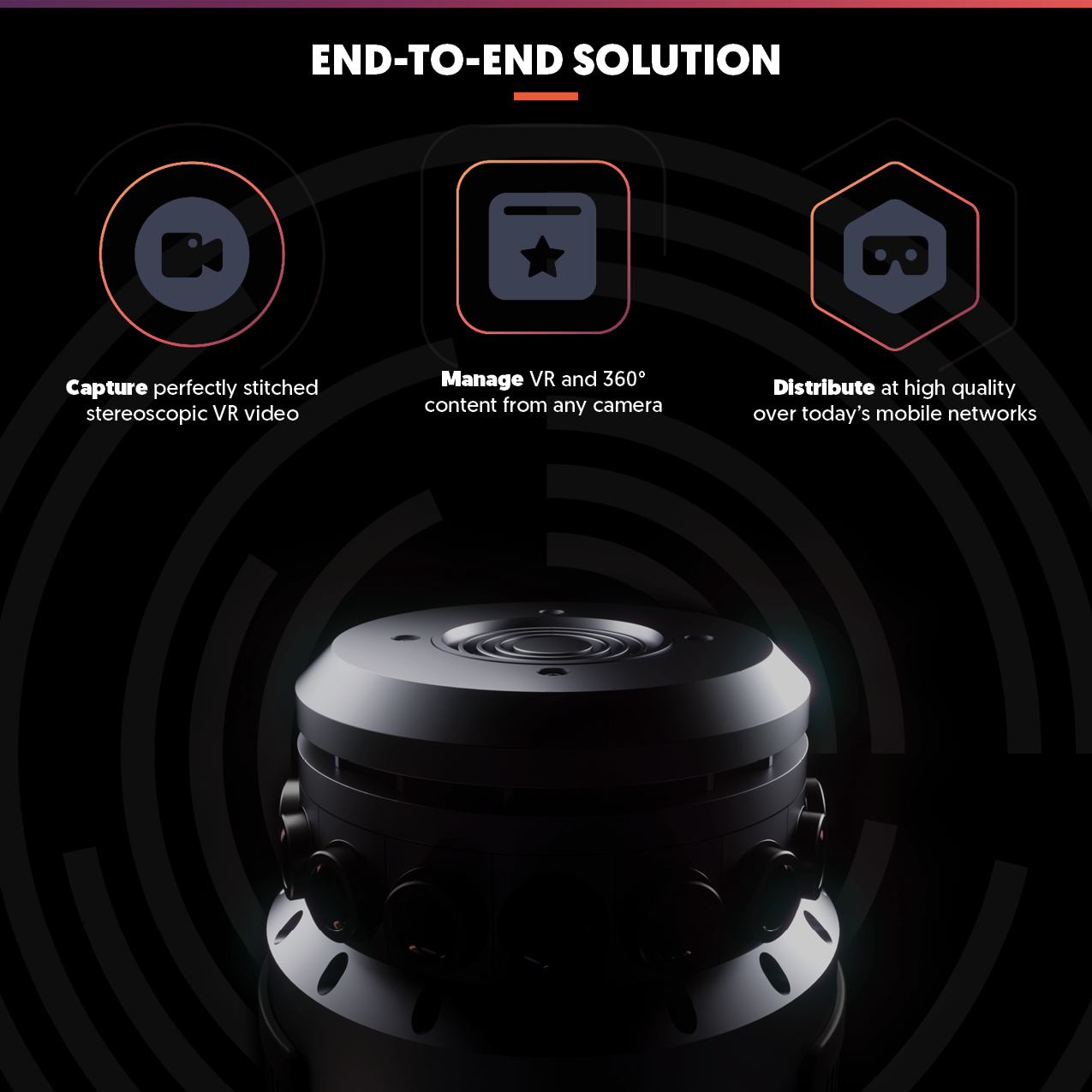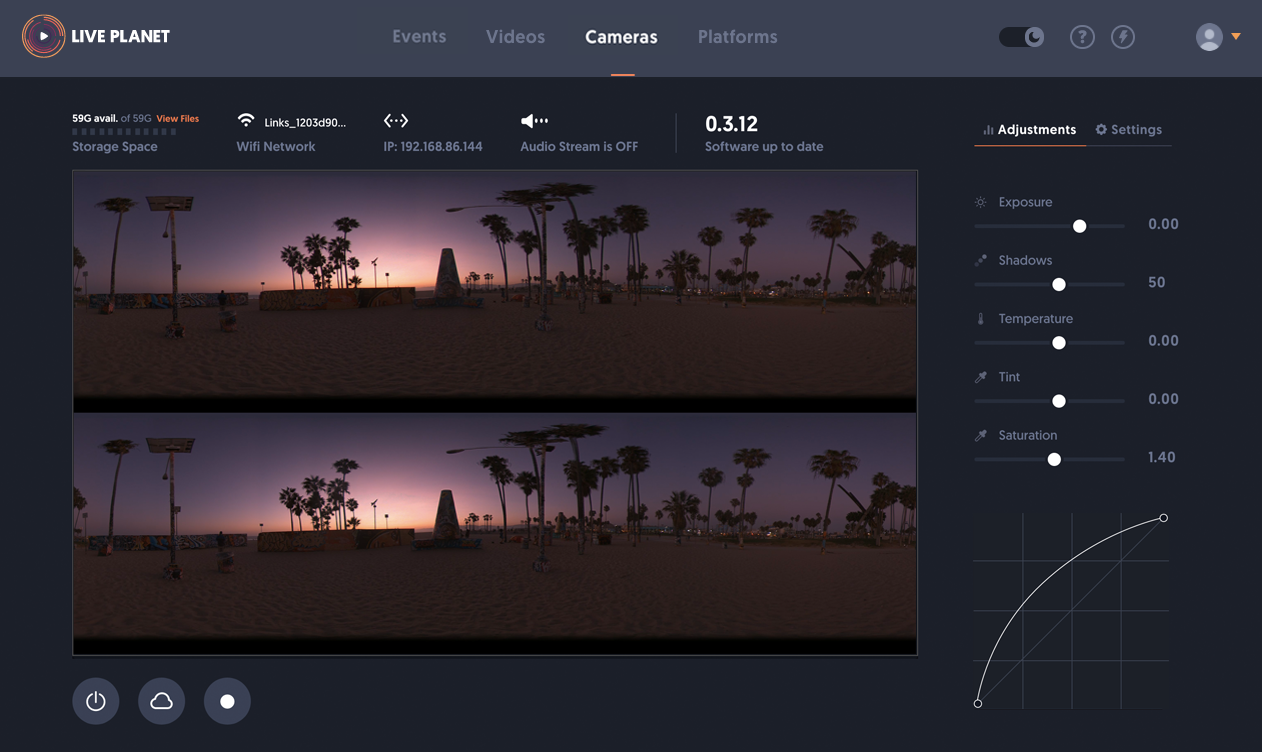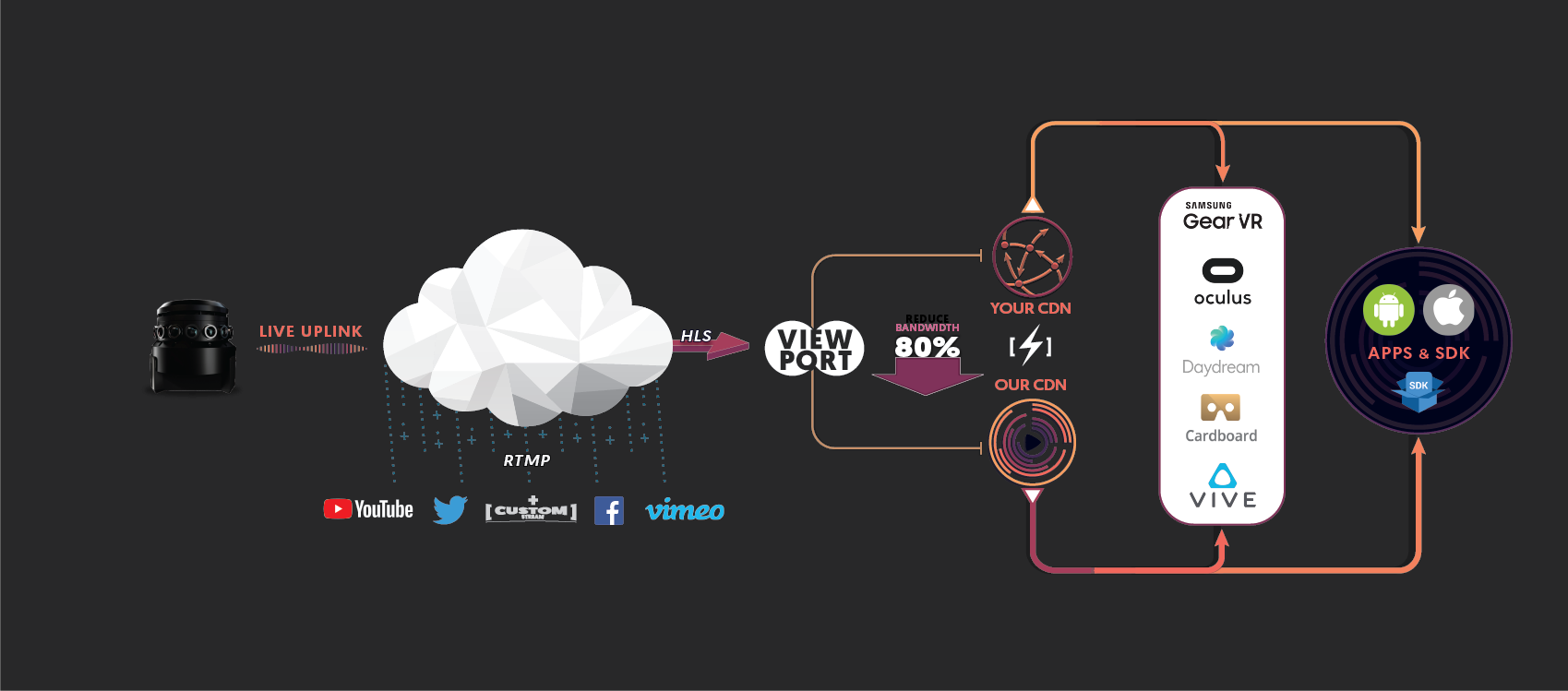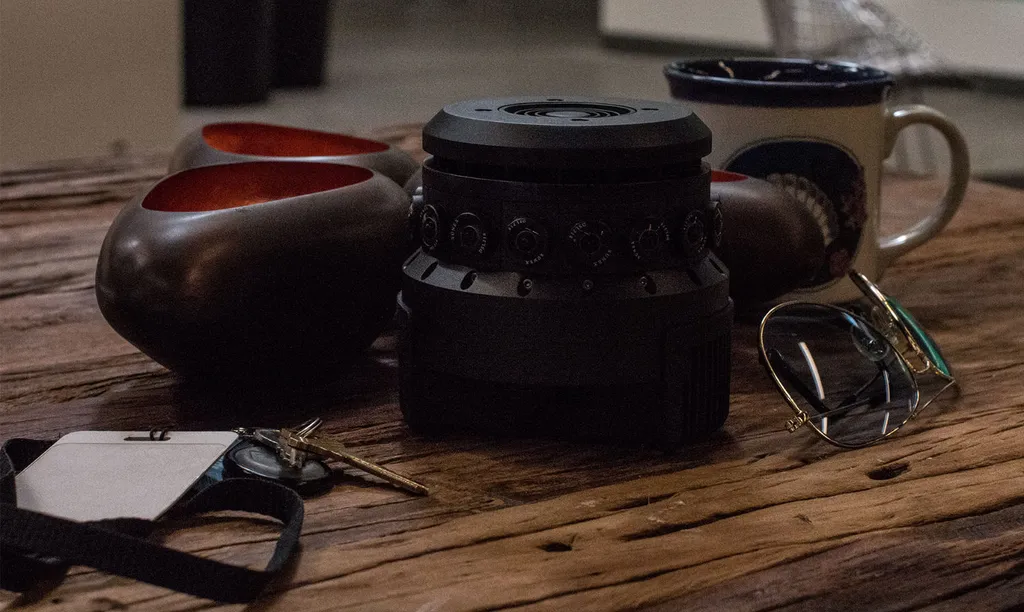Startup Live Planet plans to deliver its first cameras in December as part of an end-to-end stereoscopic 360-degree video platform aimed at making it easier for creators to stream live high-quality content.
Live Planet is led by serial entrepreneur Halsey Minor, who largely self-funded this company after a long track record at the start of businesses like CNET, Salesforce and GrandCentral (which later became Google Voice). With 360-degree video, he’s intimately aware of the failures of other products on the market, including Nokia’s OZO, and aims to succeed through a combination of high-quality hardware and easy-to-use software.
“As long as the industry doesn’t have standards, somebody has to build an end-to-end platform that delivers the quality of service necessary to bring consumers on board. The quality of the video is defined by the worst step in your workflow,” said Minor. “It’s not about being first, it’s about being best.”
Minor is certainly on point with his strategy here. There is a long list of things that can undermine 360-degree videos. If you put the camera too far from the action you can’t see the detail on people’s faces. If the stitch lines between the different lenses don’t line up you’ll constantly be distracted by distortions as people walk around the scene. If the streaming doesn’t deliver every pixel of detail exactly where the viewer is looking you’ll still be seeing a low-quality video.
Minor’s system, which represents years of development, aims to address all of these problems while offering a Web-based interface to creators so they can manage multiple live-streaming cameras from anywhere in the world.

The Live Planet system starts with a tiny 360-degree camera equipped with 16 lenses capturing stereoscopic video, with NVIDIA silicon on board powering it. The system is aimed squarely at the professional market just vacated with Nokia’s decision to end development of the OZO camera. The Live Planet camera costs around $10,000, which is a fraction of OZO’s price. And because the Live Planet camera is so small — a little larger than a coffee cup — Minor believes it will be able to be placed in tighter spots closer to the action. “The more unobtrusive you are,” Minor said, the more places you can put the camera. If a band is performing a concert, ideally there would be a camera next to each musician, according to the founder.
The camera stitches footage on-board and streams a finished stereoscopic file over Wi-Fi, ethernet or USB. It can be operated locally or through the Web, allowing for its settings to be easily adjusted through a Web page.

Live Planet’s cloud tools include adaptive streaming techniques designed to deliver the most detail to the viewer wherever they are looking at any given moment. Enabling the feature reduces the bandwidth required for streaming to a VR headset from 35 Mbps to 5 Mbps, which the creators say puts it in the realm of working over a cellular connection without any noticeable loss in quality.
The camera shoots at 30 frames per second and is said to provide a 4K stereoscopic view with USB to support accessories, an SD card slot, Toslink and HDMI.
“It stitches perfectly without seam lines in real time and encodes on the device,” Minor said. “No encoding box needed.”
The Web tools are designed so any number of cameras can be managed simultaneously and additional features can be added later by creators. The company is also offering tools to build apps so creators can stream inside their own apps.

According to Minor, the company plans to deliver its first batch of 100 cameras in December to pre-order customers who have already signed up for the system. Live Planet’s delivery platform also works with cameras from other companies — but those don’t work with live streaming. The cloud platform is currently being offered in a testing release.
Live Planet is entering a space that’s already seen a number of entries from Nokia to Google to Facebook to Jaunt all offering different pieces of the 360-degree capture and streaming pipeline. But these efforts have all met with limited adoption and success. Live Planet, however, aims to provide a robust, complete and easy-to-use toolbox for creators.
“The only way to be successful is to put these tools in people’s hands and do it so they can very quickly start getting value,” Minor said.


























